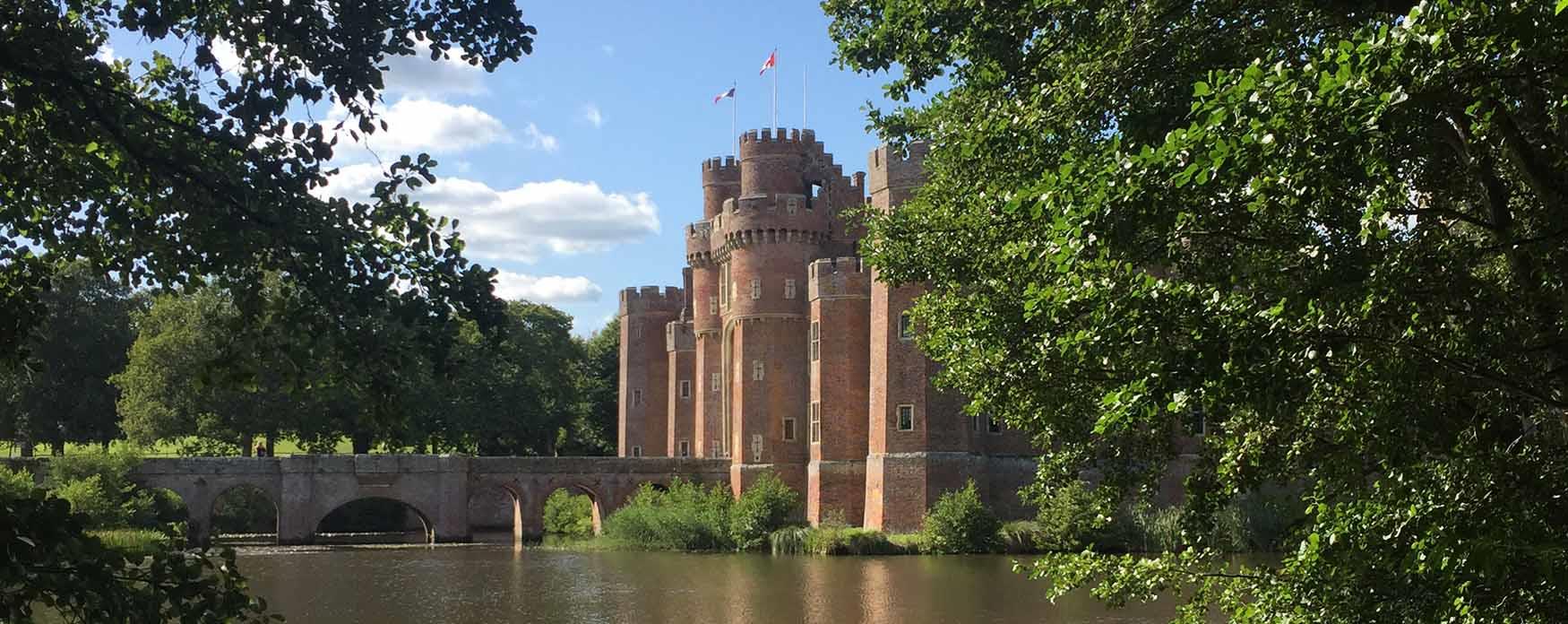My Planner
To build your own Itinerary, click  to add an item to your Itinerary basket.
to add an item to your Itinerary basket.
Already saved an Itinerary?

- Accommodation
- Things to Do
- What's On
- Food & Drink
- Shopping
Inspiration
Number of results: 34
, currently showing 21 to 34.
Address
Barbican House, 169 High Street, Lewes, East Sussex, BN7 1YETelephone
01273 486290Address
Barbican House, 169 High Street, Lewes, East Sussex, BN7 1YE"You can see Lewes lying like a box of toys under a great amphitheatre of chalky hills." So wrote William Morris, one of the many to comment on the idyllic setting of this historic town.
Address
Castle Hill Road, West Hill, Hastings, East Sussex, TN34 3ARTelephone
01424 444412Address
Castle Hill Road, West Hill, Hastings, East Sussex, TN34 3ARDiscover the fascinating history of the battle of 1066. Includes 20 minute audio-visual programme covering the battle and the history of Hastings through the centuries.
Address
Richard Lewis CBE Blue Plaque, 22 Church Street, Willingdon, Eastbourne, East Sussex, BN20 9HRTelephone
01323 415 415Address
Richard Lewis CBE Blue Plaque, 22 Church Street, Willingdon, Eastbourne, East Sussex, BN20 9HRThis is the location of the Blue Plaque dedicated to award winning Welsh Tenor. Richard Lewis CBE. He lived and eventually died in Eastbourne in 1990. This Blue Plaque was erected in June 2012.
Address
Bodiam, Near Robertsbridge, East Sussex, TN32 5UATelephone
01580 830436Address
Bodiam, Near Robertsbridge, East Sussex, TN32 5UAOne of the most famous and evocative castles in Britain, Bodiam was built in 1385, as both a defence and a comfortable home. The exterior is virtually complete and the ramparts rise dramatically above the moat.
Address
Church Street, Old Town, Eastbourne, East Sussex, BN21 1HSTelephone
01323 415 415Address
Church Street, Old Town, Eastbourne, East Sussex, BN21 1HSThe oldest Church in Eastbourne
Address
The Green, East Dean, Eastbourne, BN20 0DATelephone
01323 415 415Address
The Green, East Dean, Eastbourne, BN20 0DASherlock Holmes is a fictional detective created by author and physician Sir Arthur Conan Doyle.
Address
52 Southover High Street, Lewes, East Sussex, BN7 1JATelephone
01273 474610Address
52 Southover High Street, Lewes, East Sussex, BN7 1JAAnne of Cleves House formed part of her divorce settlement from Henry VIII in 1541, although she never actually lived there. The 16th century timber - framed Wealden
hall - house contains wide - ranging collections of Sussex interest.Address
Rodmell, Lewes, East Sussex, BN7 3HF18th-century weatherboarded cottage, novelist Virginia Woolf's country retreat – featuring the room where she created her best-known works
Address
Firle, Lewes, East Sussex, BN8 6LLCharleston is presented to look as it did when the family lived here. To protect the atmosphere and collection, entry to the house is timed and limited. During popular times you may not be able enter the house straightaway.
Address
Wilmington, BN26 5SWCome and learn about the fascinating history of Wilmington Priory, a medieval marvel renovated by the Landmark Trust.
Address
Wilmington Street, Lullington, East Sussex, BN26 5UPTelephone
01323 871093Address
Wilmington Street, Lullington, East Sussex, BN26 5UPThis Church, united with Alfriston since 1927 stands on a hill above the Cuckmere Valley, almost hidden in a clump of trees. It has laid claim to being one of the smallest churches in the country.
Address
Standen House and Gardens, West Hoathly Road, East Grinstead, West Sussex, RH19 4NETelephone
01342 323029Address
Standen House and Gardens, West Hoathly Road, East Grinstead, West Sussex, RH19 4NEHidden at the end of a quiet Sussex lane, this late victorian family home has outstanding views over the High Weald and Weirwood Reservoir.
Address
Sloe Lane, Alfriston, POLEGATE, East Sussex, BN26 5UPTelephone
01323 870376Address
Sloe Lane, Alfriston, POLEGATE, East Sussex, BN26 5UPSt Andrews is often called the 'Cathedral of the Downs'. This cruciform church has a single spire. Next to the church is a beautiful 14th Century Old Clergy House, now owned by the National Trust.
Address
Folkington, East Sussex, BN26 5SDFolkington Manor is a grade II* listed English country house situated in the hamlet of Folkington, in East Sussex between Lewes and Eastbourne.













